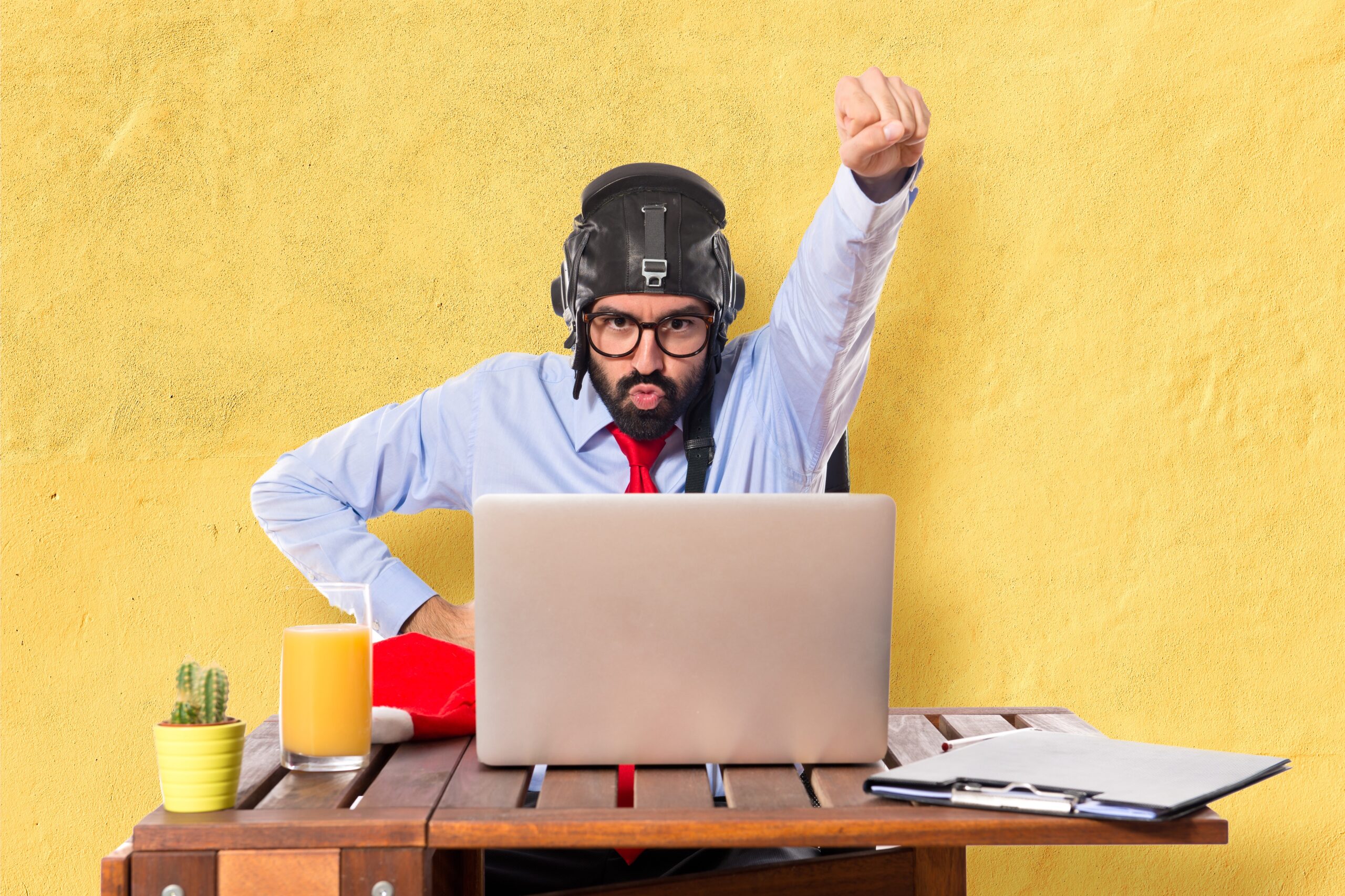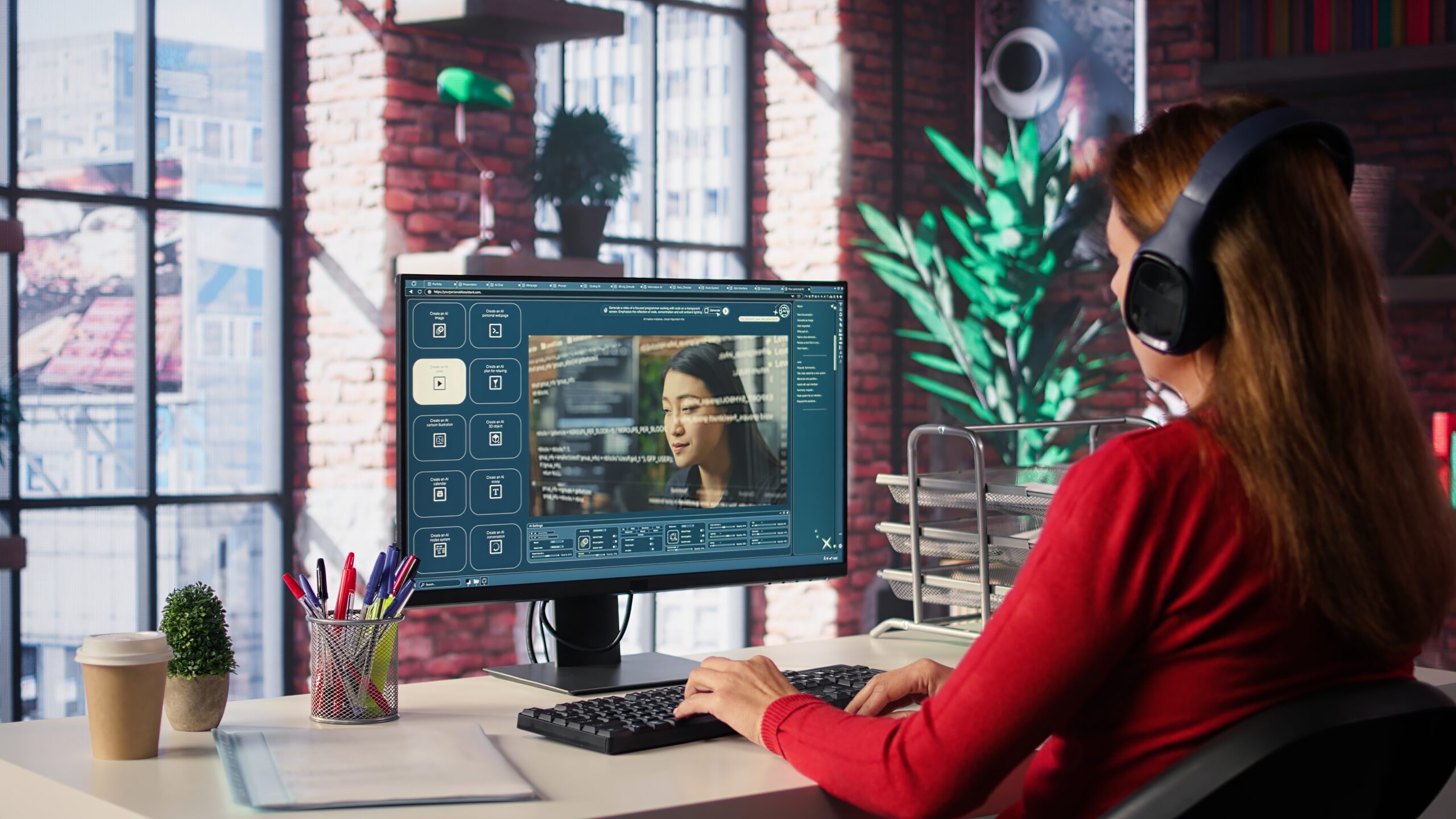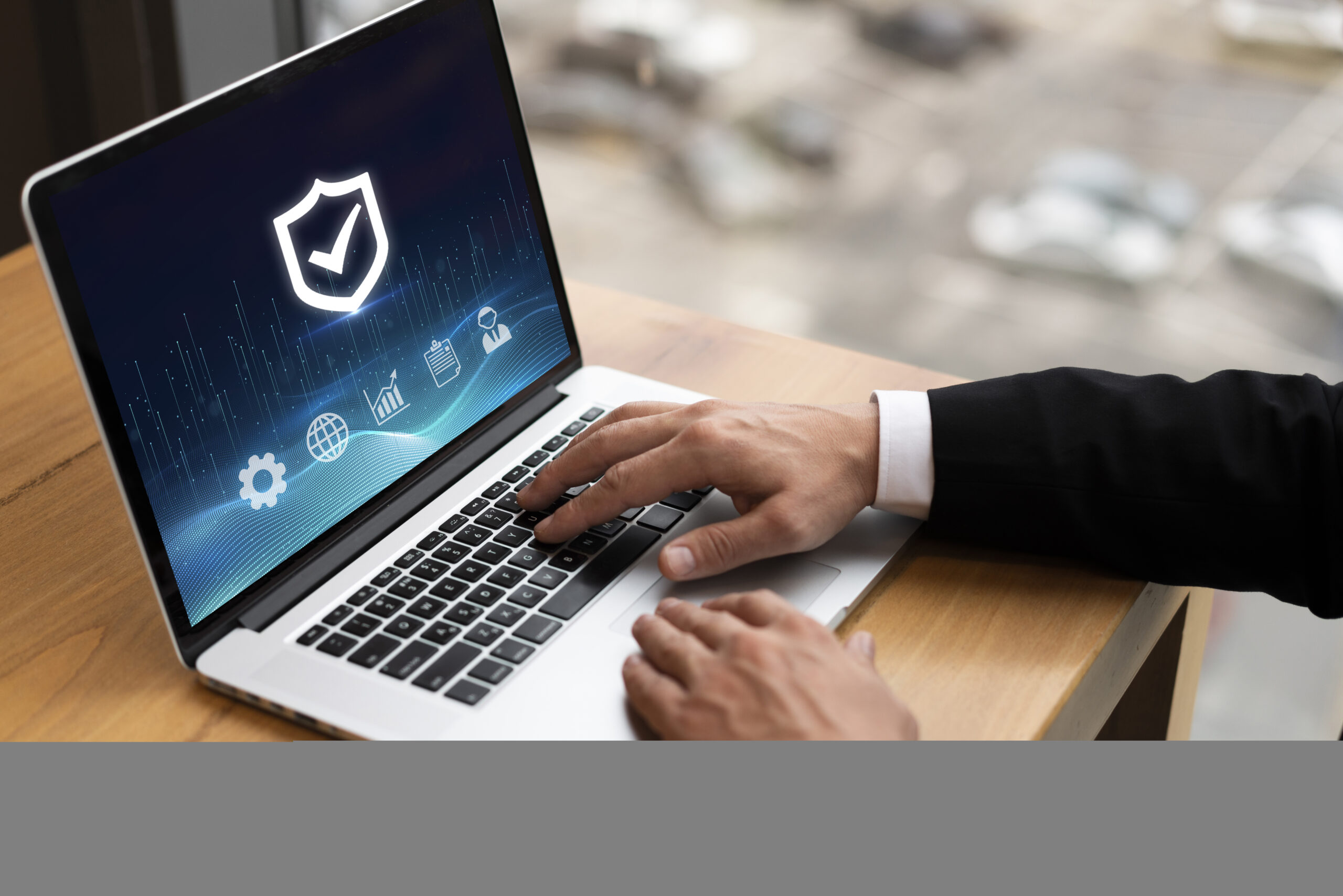How to Speed Up Old Laptop Without Hardware Upgrade: Complete 2025 Guide
Technology keeps evolving rapidly, and laptops that felt blazing fast a few years ago may now seem sluggish. While upgrading hardware like RAM or SSD is a common solution, not everyone wants to invest in new parts. The good news? There are plenty of ways to speed up an old laptop without hardware upgrades.
In this guide, we’ll walk you through proven techniques—covering software tweaks, operating system optimization, and smart usage habits—that will help breathe new life into your aging device.
Why Do Old Laptops Slow Down?
Before diving into solutions, it’s important to understand why your laptop is slowing down. Common reasons include:
-
Background Programs Running – Too many apps running at startup consume RAM and CPU.
-
Fragmented Files – On traditional hard drives, fragmented files slow down performance.
-
Software Bloat – Pre-installed or unused apps eat up resources.
-
Outdated OS or Drivers – Old software struggles to run efficiently with modern programs.
-
Browser Overload – Too many tabs and extensions reduce responsiveness.
-
Poor Maintenance – Lack of regular cleaning, updates, or disk cleanup can make a laptop sluggish.
Understanding these issues helps you target the right fixes.
1. Optimize Startup Programs
One of the simplest ways to speed up an old laptop is to disable unnecessary startup programs. These programs load automatically when your system boots, slowing down the process.
How to Fix:
-
On Windows:
-
Press
Ctrl + Shift + Esc→ Go to Task Manager → Select Startup Tab → Disable unneeded apps.
-
-
On Mac:
-
Go to System Preferences > Users & Groups > Login Items → Remove unnecessary apps.
-
👉 This single change can reduce boot time dramatically.
2. Clean Temporary Files and Cache
Temporary files accumulate over time and take up valuable space. Clearing them regularly helps free storage and improves speed.
How to Clean:
-
Use Windows’ built-in Disk Cleanup Tool.
-
On Mac, use Optimize Storage under About This Mac > Storage.
-
Consider third-party tools like CCleaner for deeper cleaning.
3. Update Operating System and Drivers
An outdated OS and drivers can lead to performance issues. Updates often include bug fixes, performance improvements, and better compatibility.
-
On Windows: Go to Settings > Update & Security → Check for updates.
-
On Mac: Go to System Preferences > Software Update.
Also, update graphics drivers, sound drivers, and network adapters for smoother performance.
4. Uninstall Unused Programs
Old laptops often have unnecessary software installed over time—also known as bloatware. These applications not only take up space but also run background services.
What to Do:
-
Open Control Panel > Programs and Features (Windows) → Uninstall apps you don’t use.
-
On Mac, drag unused apps from Applications folder to Trash.
5. Optimize Your Web Browser
Since most laptop usage revolves around browsing, optimizing your browser can make a big difference.
-
Clear cookies, cache, and history regularly.
-
Limit browser extensions.
-
Use lightweight browsers like Brave or Opera if Chrome feels heavy.
-
Keep fewer tabs open at once.
6. Defragment (HDD) or Optimize (SSD)
If your laptop has a traditional HDD, defragmentation rearranges data and makes it faster to access.
-
On Windows: Search for Defragment and Optimize Drives → Select HDD → Optimize.
-
On Mac: Modern macOS automatically optimizes, so no need to defrag.
👉 Note: If you already have an SSD, defragmentation isn’t required. Instead, just use the built-in optimization tool.
7. Adjust Power Settings
Switching from Power Saver mode to Balanced or High Performance mode can speed up performance instantly.
-
Windows: Go to Control Panel > Power Options → Select High Performance.
-
Mac: Go to System Preferences > Energy Saver → Adjust performance settings.
8. Reduce Visual Effects
Fancy animations look nice but consume system resources. Turning them off can help speed up older laptops.
-
On Windows:
-
Search Adjust the appearance and performance of Windows → Select Adjust for best performance.
-
-
On Mac:
-
Go to System Preferences > Accessibility > Display → Enable “Reduce Motion.”
-
9. Use Lightweight Software Alternatives
Heavy programs like Photoshop, Microsoft Office, or Premiere Pro can overwhelm old laptops. Instead, use lightweight alternatives:
-
GIMP instead of Photoshop.
-
Google Docs instead of MS Word.
-
Shotcut or DaVinci Resolve Lite instead of heavy video editors.
10. Manage Antivirus and Security Software
While security software is essential, some antivirus programs are resource-hungry. If your laptop is slow:
-
Switch to lightweight options like Windows Defender, Bitdefender, or Malwarebytes.
-
Avoid having multiple antivirus programs running at once.
11. Run Regular Maintenance
Adopt a maintenance schedule:
-
Delete temporary files weekly.
-
Check for OS updates monthly.
-
Clean browser cache biweekly.
-
Run malware scans regularly.
Consistency keeps performance stable.
12. Cloud Storage & External Drives
If your laptop’s storage is almost full, it will slow down. Free up space by:
-
Moving photos, videos, and documents to Google Drive, Dropbox, or OneDrive.
-
Using an external hard drive or SSD for large files.
13. Reset or Reinstall the Operating System
If nothing works, consider a factory reset or fresh OS installation. This removes clutter, malware, and unnecessary files, giving your laptop a fresh start.
-
Windows: Go to Settings > Update & Security > Recovery > Reset this PC.
-
Mac: Restart in Recovery Mode (
Command + R) → Reinstall macOS.
Extra Tips to Keep an Old Laptop Fast
-
Shut down your laptop regularly instead of always keeping it in sleep mode.
-
Keep desktop clutter-free for faster booting.
-
Avoid overheating—use a cooling pad.
-
Disable background syncing apps if not required (e.g., OneDrive, iCloud).
-
Use task manager to monitor resource-hogging apps.
Final Thoughts
You don’t always need expensive upgrades to breathe new life into your device. By applying these software tweaks, optimizations, and usage habits, you can significantly speed up an old laptop without hardware upgrades.
Remember: performance is often more about good maintenance than raw power. With regular care, your laptop can serve you well for years to come.














Post Comment